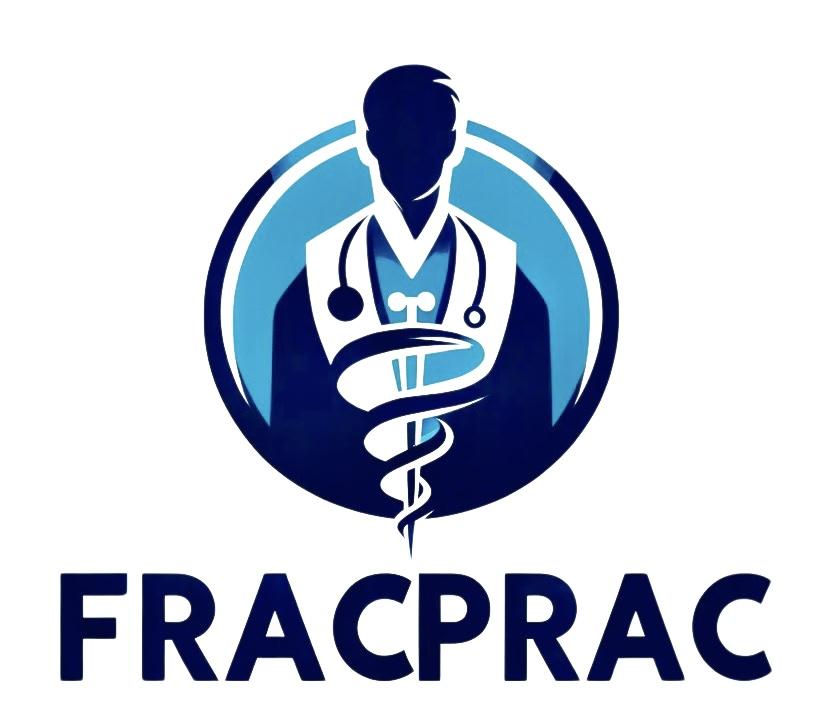Infectious Diseases Module 5
Time limit: 0
Quiz Summary
0 of 9 Questions completed
Questions:
Information
You have already completed the quiz before. Hence you can not start it again.
Quiz is loading…
You must sign in or sign up to start the quiz.
You must first complete the following:
Results
Quiz complete. Results are being recorded.
Results
0 of 9 Questions answered correctly
Your time:
Time has elapsed
You have reached 0 of 0 point(s), (0)
Earned Point(s): 0 of 0, (0)
0 Essay(s) Pending (Possible Point(s): 0)
Categories
- Not categorized 0%
- 1
- 2
- 3
- 4
- 5
- 6
- 7
- 8
- 9
-
Question 1 of 9
1. Question
CorrectIncorrect -
Question 2 of 9
2. Question
CorrectIncorrect -
Question 3 of 9
3. Question
CorrectIncorrect -
Question 4 of 9
4. Question
CorrectIncorrect -
Question 5 of 9
5. Question
CorrectIncorrect -
Question 6 of 9
6. Question
CorrectIncorrect -
Question 7 of 9
7. Question
CorrectIncorrect -
Question 8 of 9
8. Question
CorrectIncorrect -
Question 9 of 9
9. Question
CorrectIncorrect
